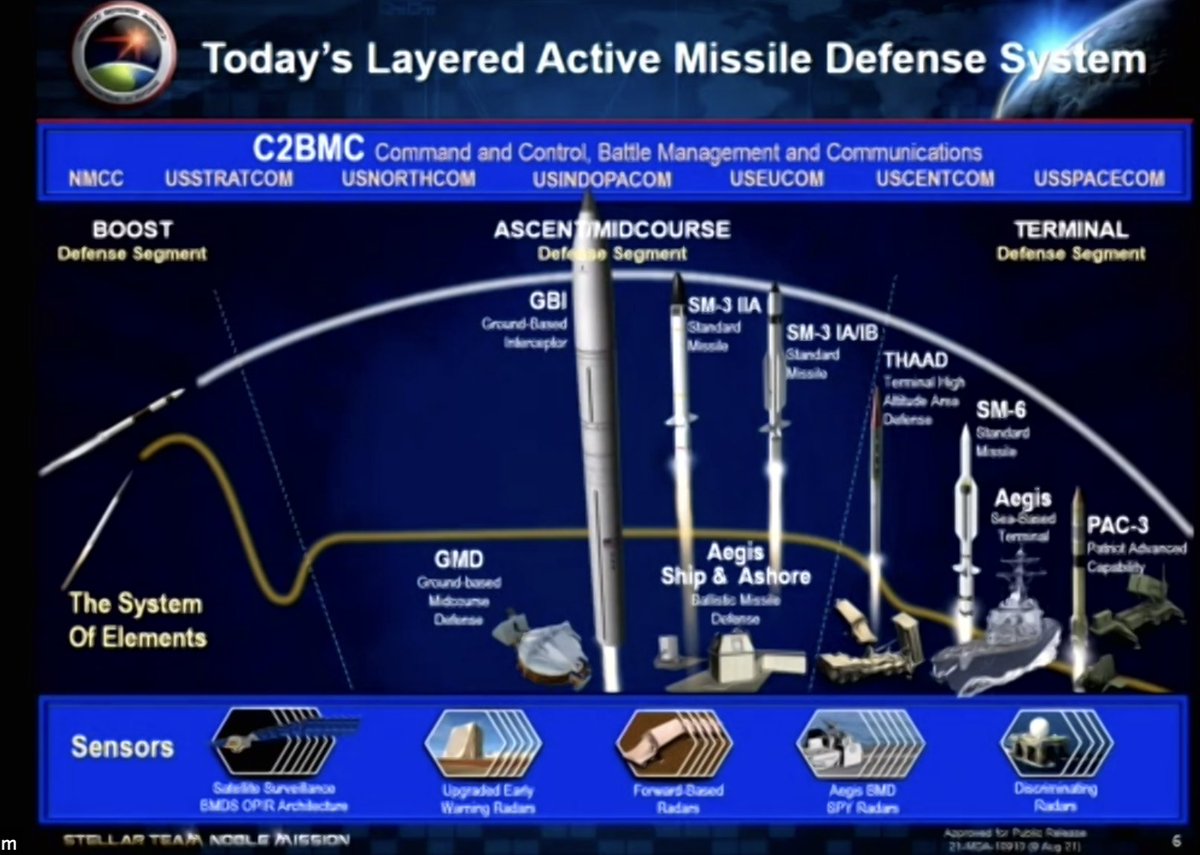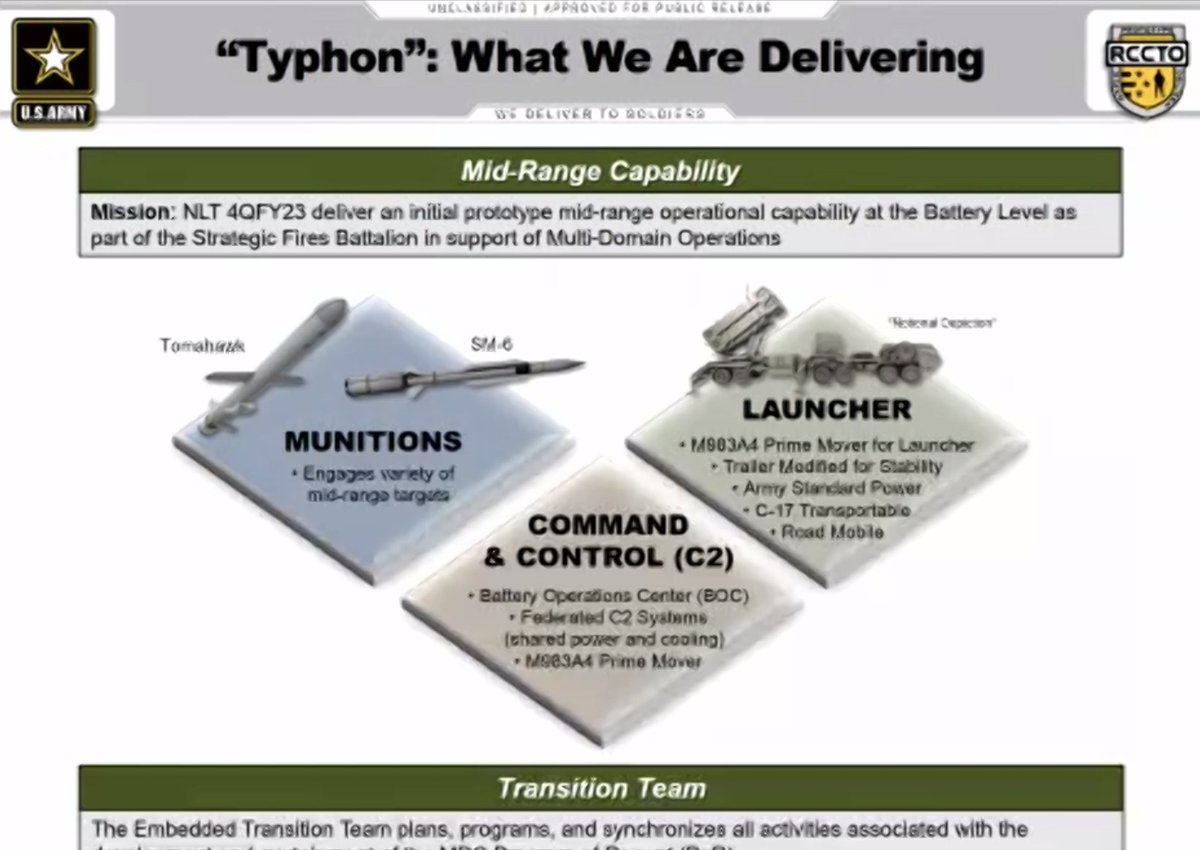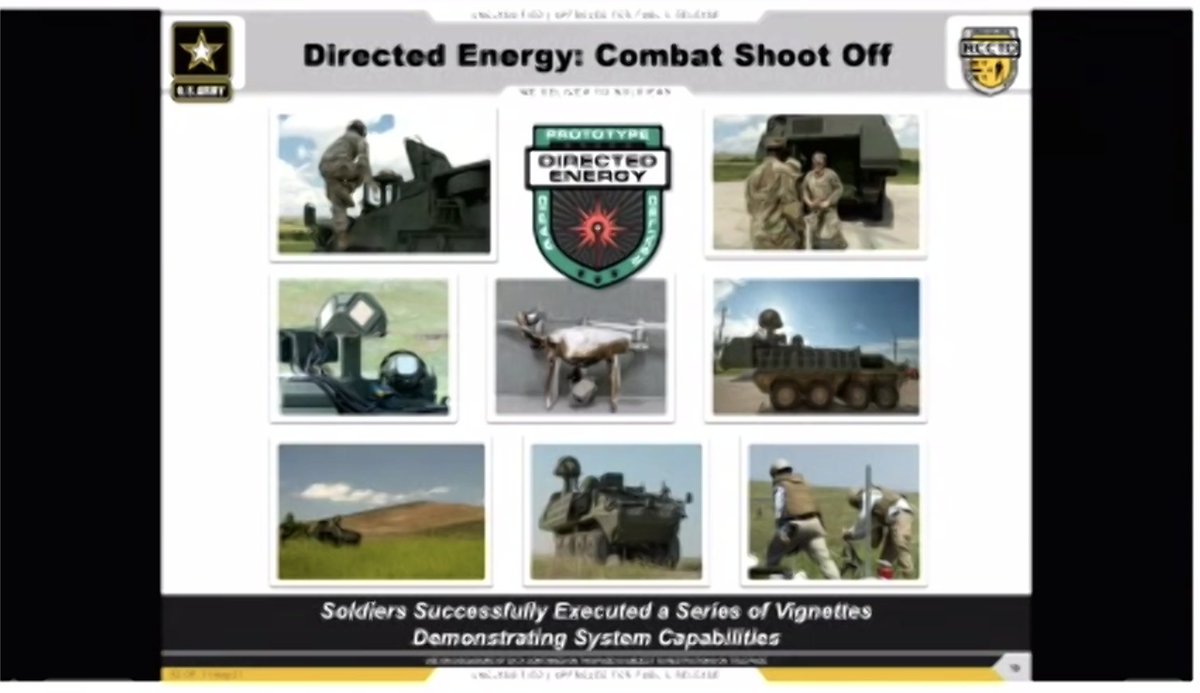
VCJCS Hyten speaking at #SMDC2020:
"I wanna give the Army a little bit of a hard time...the Space and Missile Defense Command [name]—it's schizophrenic"
"Space is a place, missile defense is a mission."
Knowing laughter as Hyten discusses naming confusion with AAMDC.
"I wanna give the Army a little bit of a hard time...the Space and Missile Defense Command [name]—it's schizophrenic"
"Space is a place, missile defense is a mission."
Knowing laughter as Hyten discusses naming confusion with AAMDC.
Hyten: Joint fires, contested logistics, joint c2, information advantage are "supporting concepts" needed by joint force, recently signed strategic directive for services to build requirements.
Hyten: discusses service input/analysis of Joint Requirements Oversight Council process. Critiques "slow, moribund" DoD requirements bureaucracy. Points to Schriever and Minuteman, Rickover and sea-based deterrent as architects of DoD institutional change.
Hyten: Missile defense "a critical military capability...we don't have enough capacity in the force...we don't have enough Patriots, we don't have enough THAAD, we don't have enough GBIs.
Hyten: In next month, JROC will hold an industry day. JROC will brief joint warfighting concept to industry partners. Intent on sharing high-level concept so industry can begin experimentation. Will formalize regular meetings on 4 strategic directives.
Hyten: IAMD capability gap review will go through fall. Challenge: "we don't have real good campaign level modeling across all domains," developed requirements doc to produce modeling system. MDR and NPR "will be integrated as part of the National Defense Strategy"
Hyten: Wanted to fuse Missile Defense Review and Nuclear Posture Review as Integrated Deterrence Review, SecDef proposed to go further and integrate as elements of National Defense Strategy.
Hyten on the one capability he desires most: overhead sensors; space sensor layer long-delayed but critical capability.
Exact quote re: NPR/MDR/NDS:
"My desire was to do an Integrated Deterrence Review; the Secretary took it one step further and said 'we're going to do one National Defense Strategy.'"
"My desire was to do an Integrated Deterrence Review; the Secretary took it one step further and said 'we're going to do one National Defense Strategy.'"
"Under the National Defense Strategy there will be other posture reviews—a Nuclear Posture Review, a Missile Defense Review—that will come together underneath that."
The separation of NPR and MDR: "the endgame was very difficult to align for a singular message."
"So as we develop a National Defense Strategy, Missile Defense Strategy, Nuclear Posture Review, we will be aligned accordingly; those will be a common structure as we go through that...
...but we will also make sure that the work of the JROC—not just in IAMD but across the board—fits in to the work going on the National Defense Strategy, and that applies to the Joint Warfighting Concept as well."
"We don’t have enough capacity in the force. And the folks that actually deploy with Patriots can tell you: we don’t have enough Patriots. We don’t have enough THAAD. We don’t have enough GBIs. We don’t have enough capabilities. And that’s only focused on a certain threat."
“We started building a joint warfighting concept…focusing first on the pacing threat that is China.”
“And what we found…is that there were certain joint capabilities we have never really specified to the joint force about what we needed to do."
“And what we found…is that there were certain joint capabilities we have never really specified to the joint force about what we needed to do."
"And those capabilities were first called orphans, because nobody cared for them; second, they were called supporting concepts; now they’re called functional battles."
"And together we [the joint staff and vice chiefs of the services] sat down and said: ‘you know, if we write down the requirements of what we’re supposed to do as a joint force, and we give that to the services and make that mandatory for the services...
...the services then will deliver capabilities right from the beginning that will meet the joint warfighting concept that we have."
"On the 1st of July, I signed the strategic directives. The new requirements document is called a strategic directive, for each of those 4 supporting concepts [contested C2, etc.]"
"And then we looked at ourselves and said ‘all right, what’s the next one we’re going to do.' The next one we’re going to do is integrated air and missile defense. *Integrated* air and missile defense."
• • •
Missing some Tweet in this thread? You can try to
force a refresh












